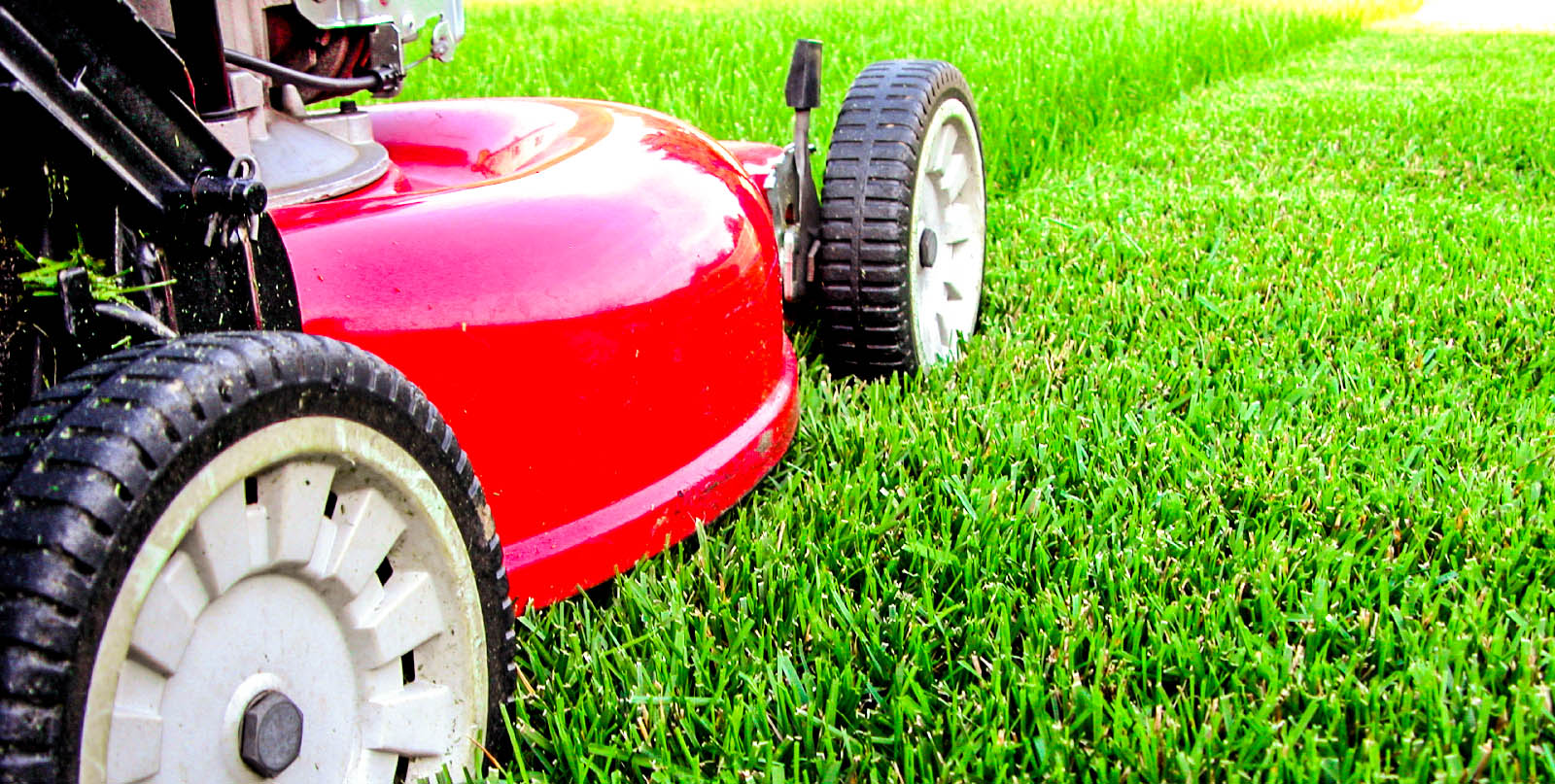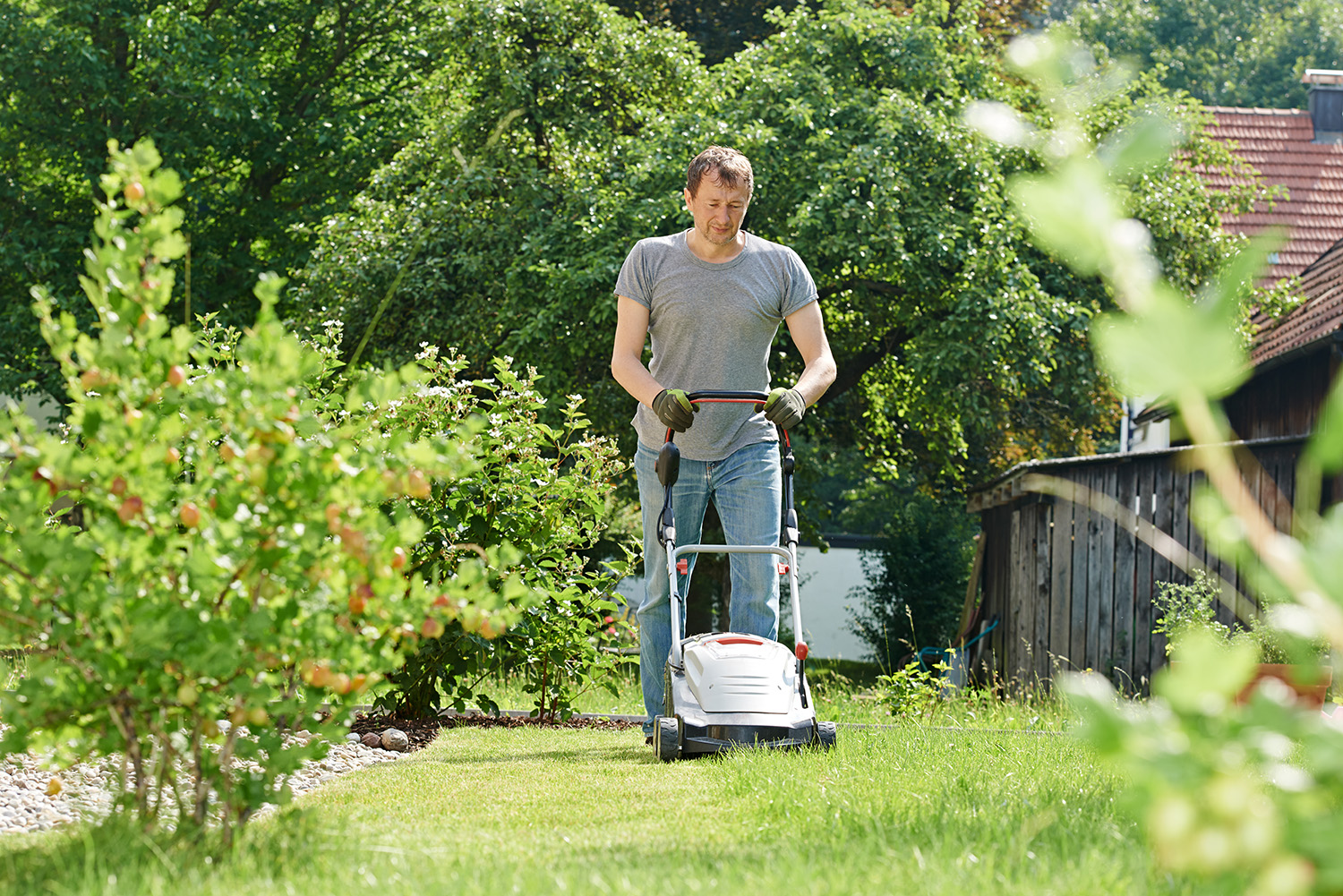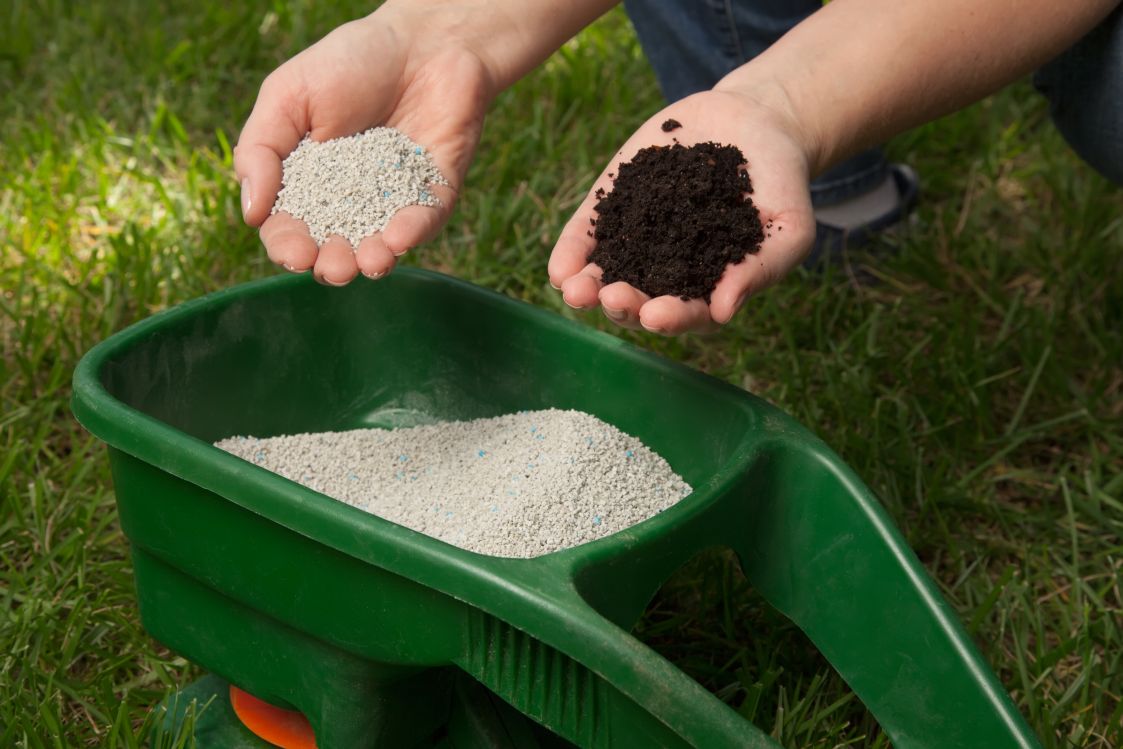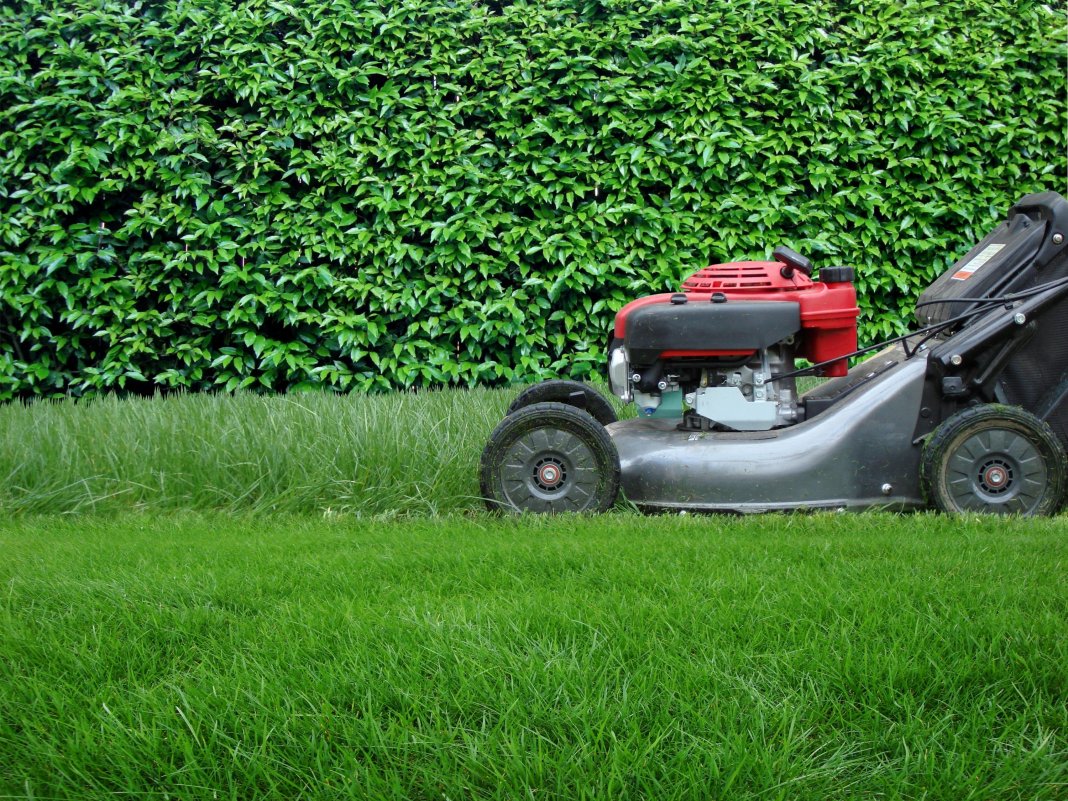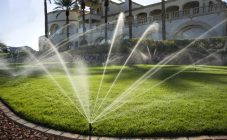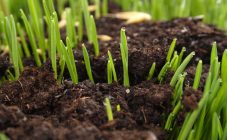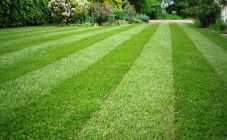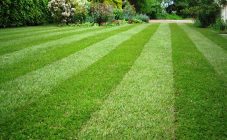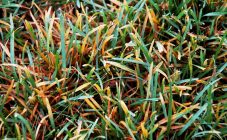Content:
Mowing the lawn is the main procedure for the formation of the optimal grass cover. The first time it should be carried out when a little time has passed after planting, because if you miss the moment, some of the grass will fall down, and the other will outgrow.
How many times should you mow
All gardeners want a nice and beautiful lawn, but not everyone knows how often to mow lawn grass. It is necessary to mow it in the summer, subject to good, sunny weather, every week, about once every 5-8 days - then the lawn grows intensively.
In cloudy, protracted weather, the frequency of mowing can be reduced to 1 time in 2 weeks. If it rains on the street, it is better to postpone the mowing - wet grass gets tangled, wrinkled, which ultimately leads to an uneven lawn coverage.
How high to cut
If the weather is dry and hot, the grass should be cut to a height of at least 4 cm. The longer the grass, the more moisture it helps to retain in the ground.
Lawns can grow at different rates depending on the variety. It is advised to mow the grass when it reaches a height of 10 cm. It is more difficult to mow a lawn above 10 cm. You should not wait for the grass to grow and become very long, since in this case, after cutting, it recovers for a long time, becomes weak.
When to mow
The lawn needs to be mowed regularly, and even the first mowing should not be delayed. In spring or summer, a few weeks after sowing, when the grass has already reached a height of 10 cm, you can safely cut it without fear of the state of the still unformed sod.
The best time for a haircut is dry weather. But the grass should not be overdried, but rather slightly damp. If the grass is wet, the mower will clog up quickly, and if the soil is dry, the sod will be pulled out by the roots.
The lawn, which has been growing for several years, should be trimmed after winter as soon as the snow melts. But still, it is impossible to name the exact time for a spring trimming - in the regions of Russia, spring comes at different times. The first spring mowing of the lawn should take place when the ground is almost dry, not too wet. By the time of the first mowing, the grass should already grow, at least a couple of millimeters. Adjust the mower blades so that only the tops of the grass are cut. The lawn must not be cut short the first time.
The time of day is also of great importance when mowing grass. Experienced summer residents are advised to mow the lawn in the evening or morning hours. The fact is that in the early morning (6-7 am) and in the evening, when the sun goes down, the grass begins to rise and stretch upward. Due to the fact that all the blades of grass are level, the cover of the grass and all the irregularities that remained unnoticed are clearly visible.
How to properly mow the lawn before cold weather?
The answer to this question is often sought by novice summer residents. In order for the lawn to please the owners with its well-groomed and healthy appearance next year, it is necessary to take care of it in the fall.
The first step is to clear the lawn of debris, fallen leaves and yellow grass. This is done simply - using a rake.
Then comes the haircut. The last time you need to trim the lawn is before the onset of night frosts, that is, when the average daily temperature of + 10 ... + 12 ° С is established outside. Typically, the final trim is done between late September and mid-October.
In autumn, grass growth stops noticeably, but warm weather in October is not uncommon even for central Russia. It may happen that in October the grass will grow quite intensively, and perhaps not one, but two autumn haircuts will be needed.
Lawn care after your last mow
After the lawn is mowed, it needs to be saturated with air. This is called aeration. They take an ordinary garden pitchfork and pierce the soil with them to a depth of about 30 cm. The more often the punctures are, the better. The minimum step for one puncture is 30 cm. If the ground rises slightly when piercing with a pitchfork, this is not scary, but even useful.
After aeration has been made, the lawn should be left alone for a while. It is not advised to walk on it for 2-3 days.
Now you can carefully examine the lawn to see if there are any irregularities or gaps where the grass is sparse and sparse. It is not recommended to sow young grass in the autumn period, since, most likely, it will freeze and not take root - it is better to leave it until spring.
The pits and depressions should be covered with a layer of earth mixed with peat and compost.
You can also feed the grass - the entire area of the lawn is watered with a complex fertilizer containing phosphorus and potassium. Mineral dressing can be replaced with homemade. Potassium is found in large quantities in wood ash - ash is diluted in water in a ratio of 500 g of substance per 1-2 liters of liquid.
Phosphate fertilizer is easily obtained from compost or manure. The rotten compost is spread evenly over the lawn in a thin layer. Solid manure can also be scattered, if it is liquid, then it is diluted with water (1:10) and poured over the area.
Which lawn doesn't need mowing?
If it happens that the owners do not have the ability or desire to mow the lawn as often as required, you can plant such grass that will not need to be mowed at all.
There are varieties of low-growing lawn grasses, as well as a special type of lawn - Moorish. It is famous for the fact that during its flowering period you can observe a real variegated carpet of meadow and wildflowers.
The most popular among gardeners are the following varieties of low-growing herbs:
- Red fescue is a fast growing grass with a good root system that forms a dense carpet of greenery. Needs frequent watering, does not tolerate drought. Grows well in the shade.
- Hairy fescue - grows slowly, but low, has a pleasant, light shade of greenery. Can do without sunlight, growing in the shade. It is an unpretentious plant that does not need regular irrigation. Even prolonged heat is not capable of ruining her.
- Creeping bluegrass (meadow) - begins to turn green in early spring and remains so until late autumn. In the first year, it grows no higher than 10 cm and suffers from weeds. In subsequent years, growth becomes more intense, and then it is very difficult for weeds to break through the dense turf.
- Pole grass is an incredibly soft and vibrant grass that grows quickly, but requires constant watering. If the bent grows on fertile soil, which is also fertilized, one should beware of its instant growth. And then you will have to cut the grass, but only 3-4 times a season.
- Clover - the plant spreads low on the ground, thanks to its small globular flowers, it creates a beautiful contrast with the dark foliage. It blooms 2 times per season, grows with a dense carpet, does not require fertilizing and frequent watering.
- Pasture ryegrass is a dark green grass, in the first season it puts all its strength into the growth of the root system, as a result of which the ground shoots do not particularly strive to grow. Poorly tolerates winter temperature drops. Dislikes wet soil. Without dressing, it quickly loses color and beauty.
Two basic rules for lawn mowing
In order not to harm the lawn grass, you need to adhere to the following two rules:
- You should not mow more than a third of the original height at a time. Often, gardeners have a desire to mow all the grass of an overgrown lawn to the maximum at a time. This is not worth doing. Grass leaves are an important part of the entire plant where photosynthesis takes place. Cutting the grass too low, a person deprives it of strength, which is why the lawn grows slowly and with a yellow tint.
- Do not cut the lawn too low. It is recommended to cut most grasses, leaving a height of at least 2.5 cm. Only a few that have too thick pile can be cut, leaving 1 cm in height.
Lawn mowing tool
A lawn mower is a small machine on four wheels that runs on gasoline or electricity. It has a motor and cutting elements that cut the grass. May have a bag for collecting cut grass.
A trimmer is a device that somewhat resembles a scythe. Gasoline, electric battery trimmers are available. The main detail is knives or a sharp fishing line, they are hidden in the head. The motor is connected to the head by a rod to which the handle and control panel are attached. The trimmer is ideal for those situations where the question arises of how to cut grass in hard-to-reach places.
Tips
How to mow your lawn with a lawn mower for the first time:
- In order not to damage the fragile blades of grass, the height of the blade is set to the maximum height.
- The first time, about 3 cm of the height of the lawn is cut.
How to properly mow the lawn with a mower for subsequent mowing:
- The blades must be sharpened, sharp, otherwise, after cutting, the ends of the grass will darken, and the sod will be torn out in shreds.
- It is recommended that you clean the mower and sharpen the blades after each mow.
Regular mowing of the lawn allows the plants to take a dwarf form, as a result, the leaf mass will not increase, and the grass will start up all its strength on new shoots, which form a dense grass cover. If you neglect the haircut or do it wrong, the grass will either outgrow or weaken and begin to fall out, and weeds will take its place.
